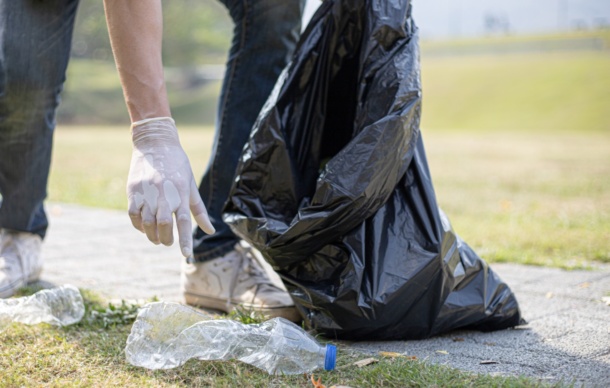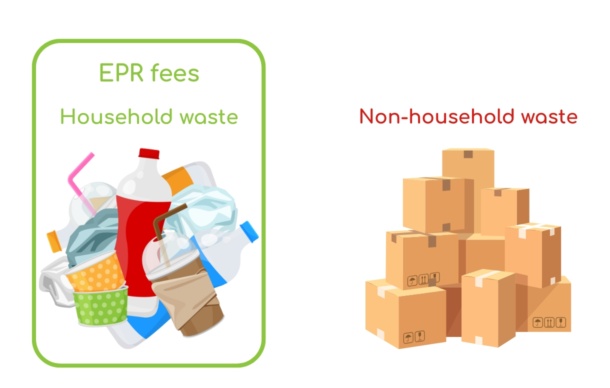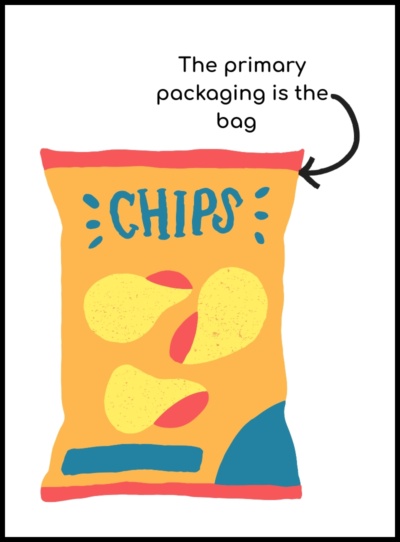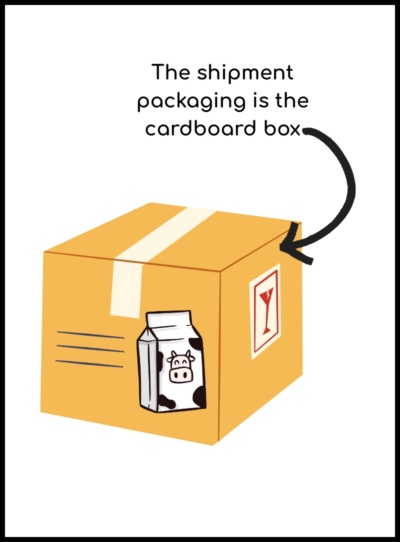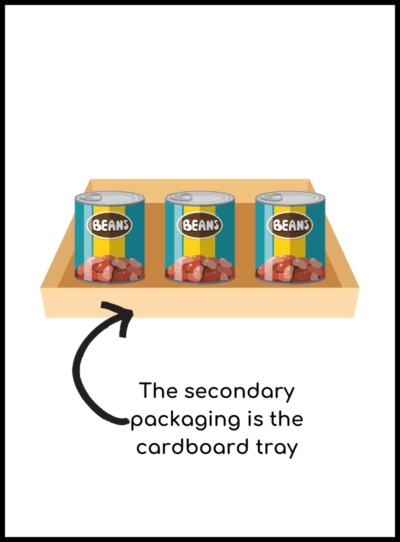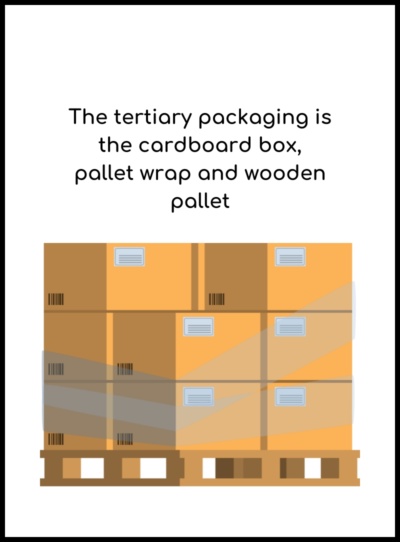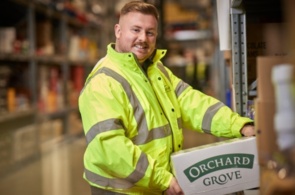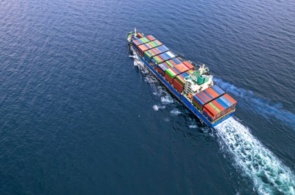From the 1st January 2025, all household packaging components must be assessed using the Recyclability Assessment Methodology (RAM). This colour codes the packaging components as red, amber or green depending on their recyclability. Red graded packaging components will incur the highest fees as they are the hardest to recycle. Therefore, in order to reduce your EPR fees, it is worth reducing the number of red graded packaging components. Also consider switching packaging materials or reducing the size, thickness and weight of packaging.

